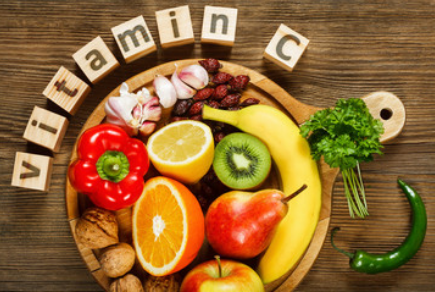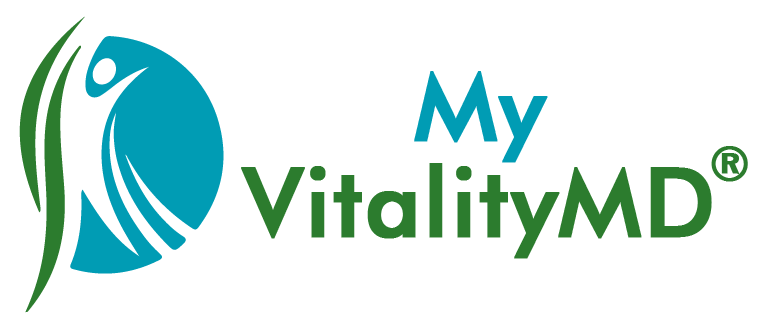If we want our vehicles to function properly, we need to fill it with proper fuel. Same goes for our body, If we want it to be healthy and proper working, We need to give it certain nutrients on the daily basis to perform at its best. One of the most popular nutrients in Vitamin C. Although it is found in a variety of fruits, vegetables, and other foods but still Vitamin C is under consumed in USA.
Why Do We Need It?

Vitamin C is also known as ascorbic acid, It is an antioxidant that supports our immune system and assists our body in many other ways. Vitamin C helps the body repair and regenerate tissues, and may help decrease total and ‘bad’ LDL cholesterol levels and triglycerides. If we combine vitamin C with plant-based iron, It can help us to absorb more of the iron from your food. You could add a squeeze of lemon juice, which offers vitamin C, to a salad containing spinach and lentils, which are plant sources of iron. We can also take Vitamin C in the form of supplements.
How Much Vitamin C Should We take?
It varies depending on gender and age. Based on the recommended dietary allowance (RDA), or the average daily level of intake deemed sufficient to meet the nutritional needs of most healthy people. For Example:
- 1 to 3 year old child needs 15 milligrams (mg)
- 4 to 8 year old child requires 25 (mg)
- 9 to 13 year old child needs 45 (mg)
The RDAs for vitamin C increase with age:
- 14 to 18 year old girl requires 65 (mg)
- 14 to 18 year old boy needs 75 (mg)
- Woman requires 75 (mg)
- Man needs 90 (mg)
- Pregnant woman needs 85 (mg)
- A lactating woman requires 120 (mg)
According to a review of studies published in January 2013 in the database Cochrane. Vitamin C supplementation may be particularly helpful to athletes. The same review showed that supplementation for athletes who experience short periods of extreme physical stress — such as skiing or running a marathon — may cut the risk of the common cold in half.
Symptoms of Vitamin C Deficiency
- Scurvy
- Fatigue to depression
- Joint pain
- Poor wound healing
- Bleeding gums
Popular Vitamin C Rich Foods
Many fruits and vegetables boast an excellent amount of vitamin C. “Most people associate oranges with vitamin C. That is great, but I like to switch it up! Kiwi and red bell peppers actually have among the highest per-serving vitamin C content.
Broccoli is another food high in vitamin C, with 135 percent of the daily value per cup. Strawberries are another excellent source, with one cup providing 149 percent of the daily value.
Should We Take Vitamin C Supplements?
Those who eat a balanced diet, don’t need to take Vitamin C supplements. Despite this, you can over-consume vitamin C. This is most likely to occur with supplement use, so make sure your daily intake falls below the tolerable upper limit (UL), or the maximum daily intake that’s unlikely to result in negative health effects. (4) That amount for a 1- to 3-year-old child is 400 mg, while it’s 650 mg for a 4- to 8-year-old child, 1,200 for a 9- to 12-year-old child, and 1,800 mg for a 14- to 18-year-old teenager. The UL for an adult is 2,000 mg. (3) Keep in mind that if you take a multivitamin, you’re getting vitamin C there, too — don’t forget to add that amount to your total supplemental intake.
Vitamin C Serum For Skin
Vitamin C serums may provide benefits such as protection against damage caused by UV exposure, including collagen damage and wrinkling. And while it’s no replacement for sunscreen, a vitamin C serum routinely applied before sun exposure may help prevent premature aging of the skin. It may also help protect against pigmentation issues by interfering with melanin synthesis.
Credit: Amy Gorin, RDN, Kelly Kennedy, RD Kate McGowan
For any query, contact Texas Medical & Wellness Clinic in Victoria, Texas.
